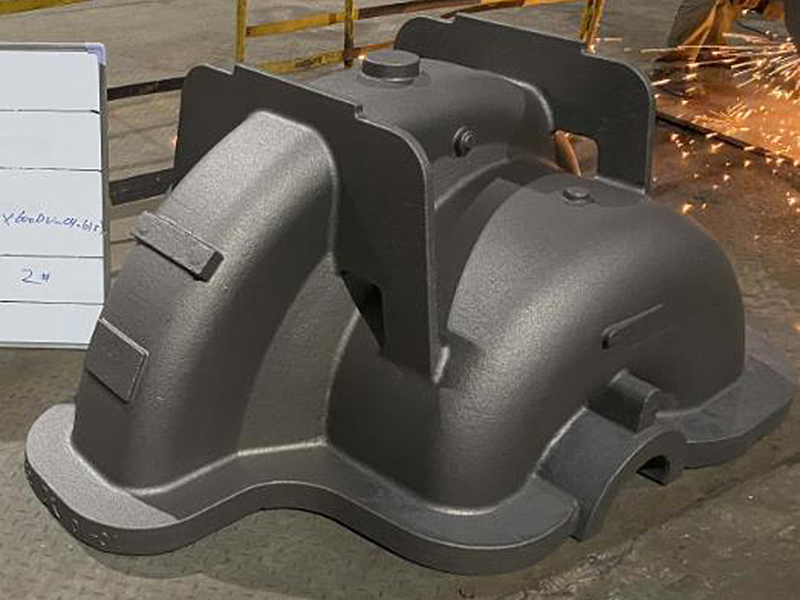Sand Cast Iron A Versatile Material for Modern Manufacturing
Sand cast iron, a significant form of cast iron, plays a crucial role in various manufacturing processes due to its excellent mechanical properties and versatility. Composed primarily of iron, carbon, and silicon, sand cast iron is produced through the sand casting process, which involves pouring molten metal into a sand mold that breaks away after the metal has solidified. This method is favored for its ability to produce complex shapes and sizes, making it ideal for many industrial applications.
One of the primary advantages of sand cast iron is its casting capability. The sand casting process allows for the creation of intricate designs that would be difficult or impossible to achieve with other manufacturing techniques. The ability to cast large and heavy components makes it particularly valuable in industries such as automotive, construction, and heavy machinery. Components like gear housings, engine blocks, and machinery frames are often made from sand cast iron.
In addition to its design flexibility, sand cast iron exhibits excellent wear resistance and durability. The addition of carbon, which typically ranges from 2% to 4%, contributes to its hardness and strength. This characteristic makes sand cast iron suitable for wear applications, such as engine parts and machinery components that experience high levels of friction and stress. Furthermore, the material can endure high temperatures, making it suitable for applications involving heat and thermal stress.
sand cast iron

Another noteworthy feature of sand cast iron is its good machining properties. After casting, the surface of the part can be easily machined to achieve the required tolerances and finishes. This adaptability is essential in modern manufacturing, where precision is paramount. Moreover, the ability to rework and refine sand cast iron components reduces waste and enhances overall production efficiency.
Recycling is also a vital aspect of sand cast iron production. Scrap metal from various sources can be melted down and reused to create new cast iron products. This not only conserves natural resources but also reduces the environmental impact associated with mining and processing raw materials. By embracing sustainable practices, manufacturers can produce high-quality sand cast iron while minimizing their carbon footprint.
In conclusion, sand cast iron stands out as a robust, versatile material with a wide range of benefits for modern manufacturing. Its excellent casting capabilities, durability, wear resistance, and sustainability make it a preferred choice for producing complex and high-performance components. As industries continue to evolve and demand materials that can meet rigid specifications, sand cast iron will undoubtedly remain an essential material for engineers and manufacturers alike. Its rich history and continued relevance showcase the enduring value of this remarkable material in the world of modern manufacturing.
Post time:Lis . 02, 2024 06:13
Next:golden sands
